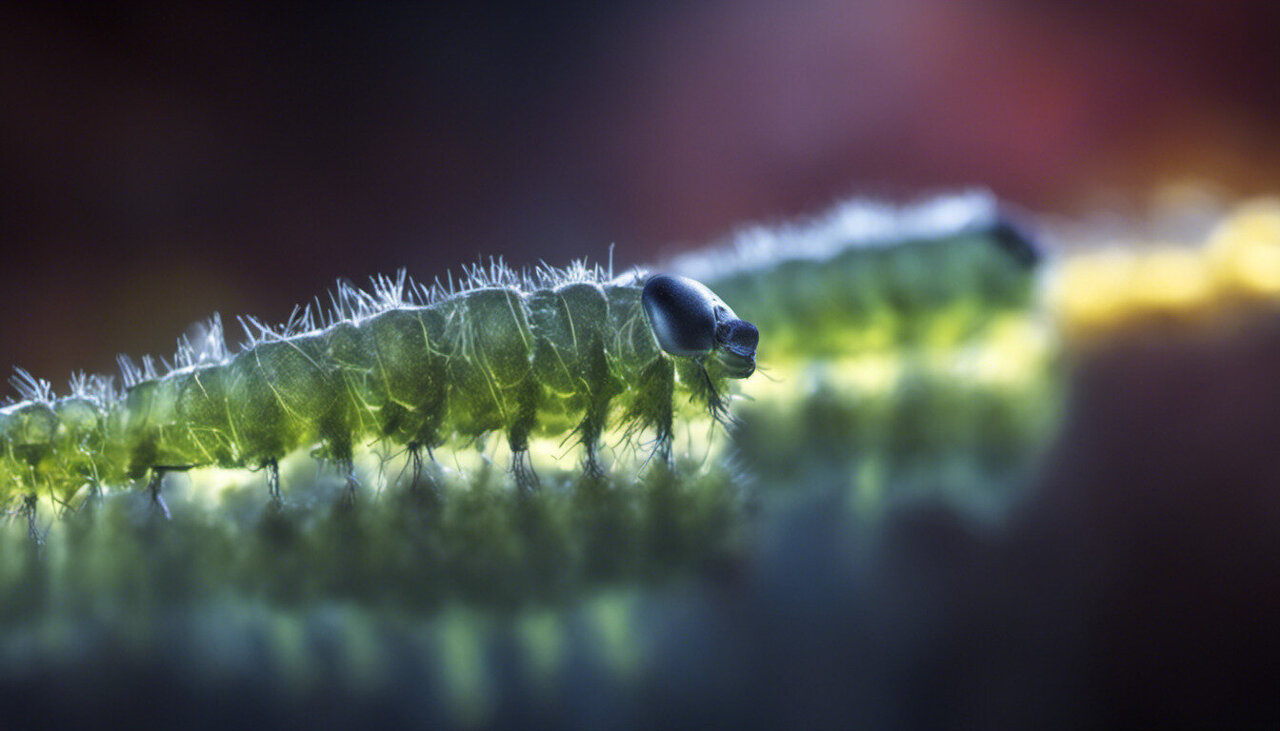The discovery of electric light has revolutionized our lives, allowing us to extend our activities well into the night. Street lamps illuminate our paths, ensuring safer travels outdoors, while indoor lighting enables us to work and play for longer hours. Even our gardens can be beautifully accentuated with various lighting arrangements.
However, it is important to recognize that light generated outside of the sun and moon’s natural cycles can lead to unwanted consequences and be considered a form of pollution. Like other types of pollution, light pollution can have detrimental effects on animals, especially those who are active during the night. For instance, predators that would typically rest during the dark hours may now choose to hunt after dusk, disrupting entire food webs.
One group of animals particularly affected by artificial light at night is insects. A study found that a significant number of moths, lured by the appeal of street lighting, neglected their critical role in nocturnal pollination, potentially causing severe consequences for the broader ecosystem.
Although the response of insects to the sudden increase in nighttime lighting is not fully understood, some studies have shed light on the matter. Glow-worms, which use bioluminescent signaling during mating, have been observed to be impacted by white light similar to that produced by modern LED street lamps. Researchers conducted laboratory experiments to understand the effects on glow-worms’ mating patterns.
Wherefore art thou?
Male glow-worms were collected from a nearby meadow and placed in a Y-shaped maze in a dark environment. One arm of the maze contained a green LED light, simulating a female glow-worm. When the LED was switched on, the males typically moved swiftly towards the glow. The researchers then introduced artificial night lighting to mimic street lighting and repeated the experiment.
In complete darkness, the males easily located the simulated female glow-worm. However, at the lowest level of white light, equivalent to street lighting, only 70% of the males managed to find the green LED. This percentage dropped further to 21% at the brightest light levels, comparable to the illumination used in public spaces such as town squares and parks.
By closely monitoring the glow-worms’ behavior in the Y-maze, the researchers found that white light significantly increased the time taken by the males to reach the simulated female. In darkness, males took approximately 48 seconds, whereas at the lowest white light level, it took them about a minute.
Blinded by the light
Interestingly, the males exhibited hesitation before choosing an arm of the maze when exposed to white light. The time spent in the base of the Y-maze increased from an average of 32 seconds in darkness to 81 seconds in the brightest white light.
This behavior could be attributed to the glow-worms being temporarily dazzled by the light. When exposed to white light, the insects retracted their heads and compound eyes beneath a shield-like structure on their head. In darkness, the males kept their heads shielded for only a small fraction of the trial’s duration. However, with white light, around 25% of the trial was spent with their heads shielded. More than half of the males kept their heads shielded throughout the illuminated trials.
The researchers propose that the head shield acts as a protective measure, reducing the amount of light reaching the eyes. However, this alone may not be enough to counter the effects of white light, as males with their heads retracted were less likely to approach the simulated female. This suggests that artificial lighting at night may not only hinder the detection of a potential mate’s bioluminescent signal but also immobilize the males.
These meticulous experiments investigating insect behavior provide valuable insights into the challenges faced by glow-worms due to artificial lighting at night. When combined with ecological field studies, this evidence highlights the importance of reducing light pollution through measures such as adding covers to street lights or altering the wavelengths of emitted light. By doing so, we can help insects thrive during their nocturnal activities while we continue with ours.
This article is republished from The Conversation under a Creative Commons license. Read the original article.
Citation:
Light pollution is taking the sparkle out of glow-worm mating (2023, June 17)
retrieved 17 June 2023
from https://phys.org/news/2023-06-pollution-glow-worm.html
This document is subject to copyright. Apart from any fair dealing for the purpose of private study or research, no
part may be reproduced without the written permission. The content is provided for information purposes only.
Denial of responsibility! SamacharCentrl is an automatic aggregator of Global media. In each content, the hyperlink to the primary source is specified. All trademarks belong to their rightful owners, and all materials to their authors. For any complaint, please reach us at – [email protected]. We will take necessary action within 24 hours.

Shambhu Kumar is a science communicator, making complex scientific topics accessible to all. His articles explore breakthroughs in various scientific disciplines, from space exploration to cutting-edge research.


